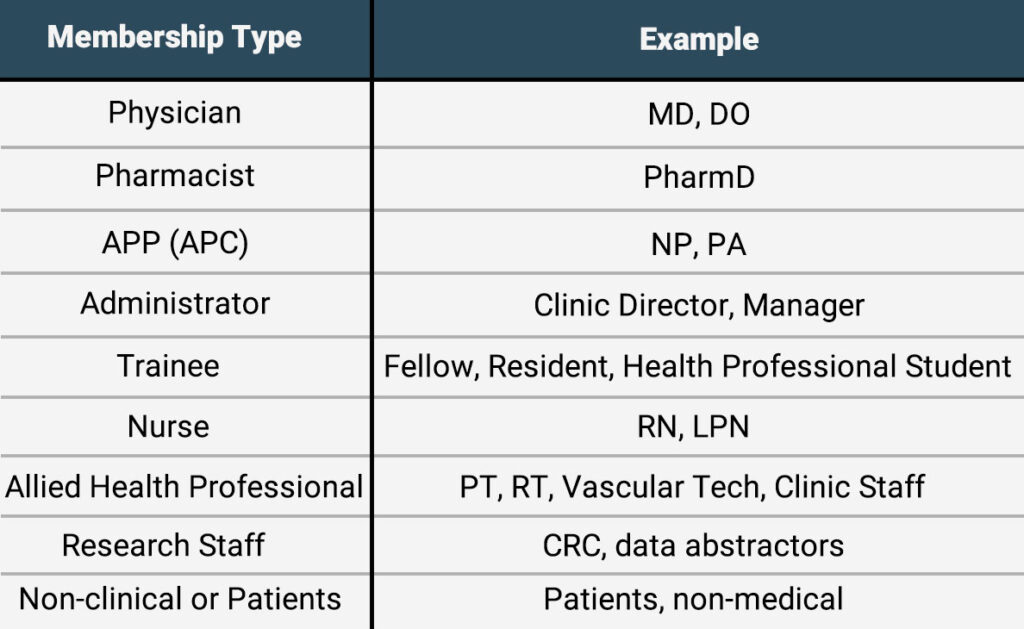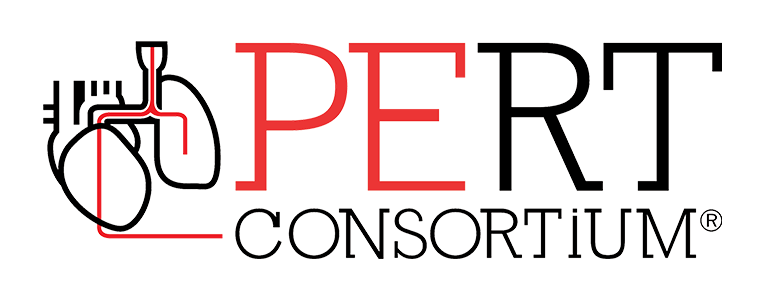
Are you looking to make a meaningful impact in the field of pulmonary embolism research and care?
Join The PERT Consortium™ and elevate your involvement in advancing the understanding and treatment of this critical condition. As a member, you'll gain access to a range of exclusive perks designed to support your professional development, facilitate collaboration, and keep you informed about the latest advancements in pulmonary embolism research and treatment.
Benefits
By joining The PERT Consortium™, you'll become part of a community committed to shaping the future of healthcare and making a difference in the lives of patients with pulmonary embolism. Don't miss out on this opportunity to elevate your impact and connect with fellow professionals dedicated to advancing research and care in this important area.
Membership Tiers

To become a member of The PERT Consortium™, click the button below to contact a PERT team member and explore opportunities for engagement and collaboration.
